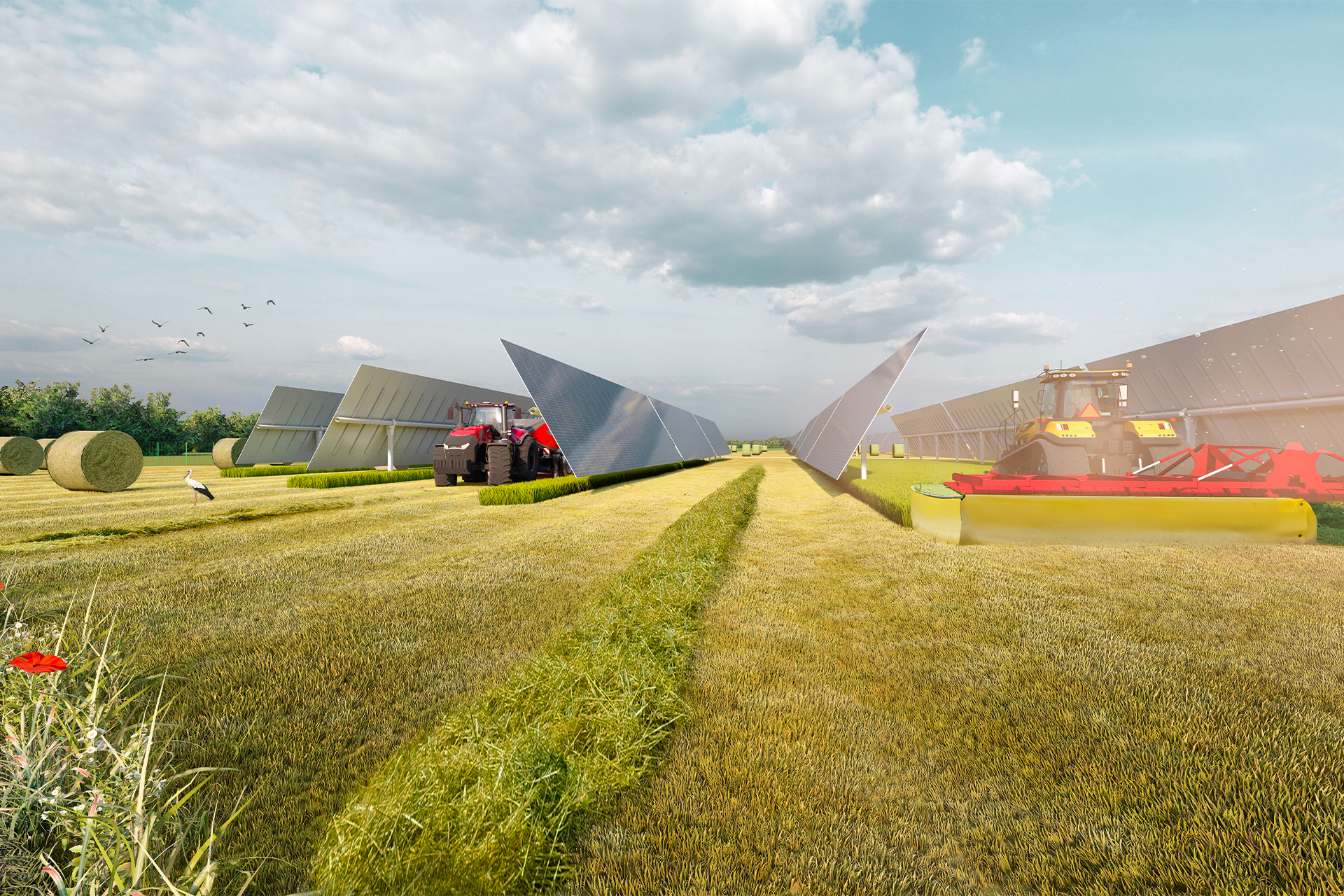Markets
The Renewable Electricity Production division includes Rubis Photosol’s photovoltaic electricity production activities, as well as the 18.5% stake in HDF Energy, a world pioneer in hydrogen electricity.
Photovoltaic electricity
We specialise in large-scale ground-mounted installations (surface area over 3 hectares), car park shading and rooftop installations for professionals (surface area over 500 m2). Present across the entire value chain, we have chosen to bring all our skills in-house, from securing land through to maintenance, taking in development, financing and construction. Each installation is a territorial project. Our expertise enables us to develop tailor-made agrivoltaic projects and rehabilitate derelict or degraded land.
Positioned among the leaders in solar energy production in France, we are also developing installations in Italy and Spain. Our aim is to become a major player in the production of photovoltaic electricity in Europe.
Tailor-made development
We take care of all the necessary administrative procedures, from securing the land to obtaining planning permission. Our teams regularly go out into the field to define each project in dialogue with elected representatives, local residents and government departments. Studies are carried out by independent consultants to assess the environmental, landscape and agricultural impacts. In parallel, the design of each power plant is based on the topography and connectivity to the electricity grid.
Project financing
Our power plants feature electricity resale contracts with guaranteed prices over a 20-year period. The financing stage aims to create low-risk financial products for investors. At the same time, we draw on nonrecourse bank loans from major financial institutions. Our approach is largely based on a non-recourse financing model, involving the creation of a separate entity for each project we develop.

Construction of power plants

Once planning permission has been granted, the site is planned in conjunction with the connections department. From infrastructure engineering to construction, our engineers do their utmost to create an installation that combines performance and sustainability. A dedicated research and innovation team selects the best technologies for the specific needs of each project.
Operation and maintenance
We operate and maintain our plants with the constant aim of improving their operational efficiency. Efficient management of the entire photovoltaic fleet is based on planning and monitoring manufacturers’ warranties; economies of scale enable us to maintain competitive operating costs.

Key figures
AS OF 31 DECEMBER 2023

under construction or allocated



News

The former Creil military base is home to the second largest photovoltaic solar farm in France
Rubis Photosol is developing the largest photovoltaic installation in the Ministry of the Armed Forces' "Place au Soleil" plan, a 200 MWp project on the former military base, which was decommissioned in 2016. The solar farm will produce 188 GWh annually, equivalent to the consumption of 85,000 homes. Mindful of biodiversity issues, the project will cover an area of 147 hectares and will preserve almost 100 hectares of natural grassland. This facility, which will create jobs in the Hauts-de-France region, will help to achieve the national objectives set out in the Multiannual Energy Programme.

An innovative car park shade
The Petit Prince amusement park in the Haut-Rhin region of France has an unusual car park shade structure. This innovative project illustrates the agility and adaptability of Rubis Photosol's expertise in building a circular solar car park. With an installed capacity of 2.3 MWp, the installation makes this France's first positive-energy theme park. Solar shading is an innovative solution for supporting the energy transition of businesses and industry.

An agrivoltaic project to produce fodder and cereals in Haute-Vienne
Rubis Photosol worked with Sébastien, a farmer from Peyrillac, to design a tailor-made project that took into account the size of his farm equipment and his crop production. The spacing between the photovoltaic structures and their height have been adjusted to install an innovative technology based on a system of trackers that follows the path of the sun and maximises electricity production.


